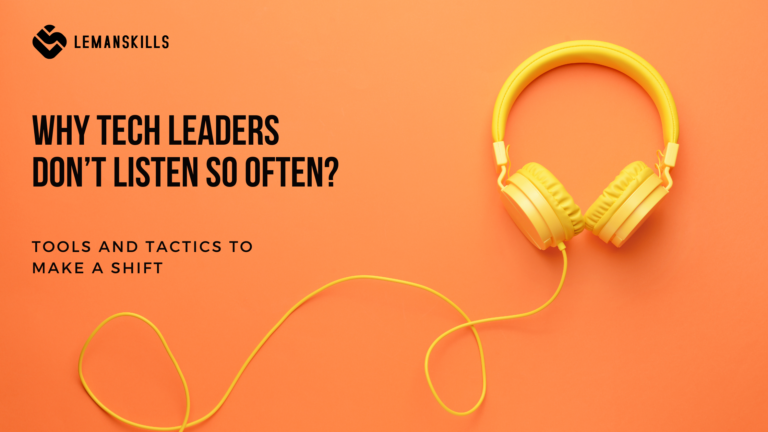Does it help when we worry? Let’s be honest, there will always be plenty of things that we can be worried about. We can see it clearly now, probably in one of the brightest lights. What can it be?
Our health.
Health of our family, friends or other people who we care about.
Pandemic.
Wars.
Financial crisis. Inflation. Increased prices and not so increased salaries.
Environmental crisis. Endangered species of animals and plants.
Social crisis. Deepening social inequalities. Governments that enact laws that discriminate against certain groups of people.
Choose the part of the world where you live right now, and you name it. It can differ regarding where we live, which gender we represent or what color of skin we have. But in overall, we worry a lot nowadays.
Does it help when we worry? And who is it helping? I learn through the years that worrying too much can eat me alive. When I saw how much time I spend on being worried, thinking over and over again about those things that, to be honest, mostly I didn’t have any influence on, I’ve decided to stop it.
In this article I would like to tell you about 3 things, that helped me in transforming the mindset from being constantly worried to become constantly seeking for solutions.
1. Make a list of your worries.
How many of the list above you worry about right now? And what others do you have on your mind?
Remember, if it is only in your head, it is harder to manage – since our brains have infinite capacity to think about anything, as long as possible.
Make a list of all of your worries that are in your head. Then, you can use the Influence Matrix (I wrote about this tool HERE), or you can just rank them, starting from the one that you think about the most frequently, is the most stressful or has other negative impact on you. The last one on the list should be the one with the smallest impact.
Do you see all of them? Good. Now, I know that it’s hard, but you need to cut those that you don’t have any influence on. Can I do anything about the war in Ukraine? No. Can I do anything about global financial situation? Not at all. Can I do anything about local inflation rate? It’s a hard no.
Decide on what you have ZERO influence on, and just decide to cut it. I guarantee you that it will free so much energy and space in your brain, that you can be confused about what’s going on at the very beginning. But it will be worth it.
2. Transform worries into potential solutions / areas of opportunity.
Now, when you cut part of your list, let’s take care of those worries that you have an influence on, wholly, or partially.
Pose a question to each of those to reflect on what your can do with it INSTEAD of just be worried.
I worry that I will be sick / disabled. Okay, so what can I do to stay healthy and operational as long as possible?
I worry about the money. I am living paycheck-to-paycheck and I don’t have any savings. Okay, so what can I do to manage my home budget better? What can I do to cut from monthly costs to save 5 / 10 / 20% of my salary?
You got the idea. Transform the worry into something you can actually do, and what is in your area of influence. Small elements, baby steps – it is always the best way to start. When you start small, it is easier to stick to it, since you see quick results and stay motivated to keep moving.
While you start doing something what actually supports you, your health, your financial situation, relations with your family or friends, the environment that you live in is changing as well. Being worried is not good for you, nor for your environment. Being in that state often makes you less patient, you get irritated and explode faster, rarely adequately to the situation. And people who are closest to you suffer the most because they have regular contact with you. From my experience, this is one of the fastest ways to lose those who we care about, since no one wants to be around energy vampire longer that necessary.
Take a look on how your attitude is influencing relations – your relations with yourself, but also with those who are around. How changing the attitude will influence those relations, maybe improve them or make new ones?
You can also check out a great book that is really close to the subject: “How to stop worrying and Start Living” by Dale Carnegie.
3. Create a simple process to check with yourself when you see that a worry is coming.
Being self-aware is a starting point. But we also need a plan that will support us in the future, when a new worry shows up (or the old one returns). Sometimes a trigger appears out of nowhere and wakes up old demons, that we think we dealt with already.
Make a list of 3-5 steps that you are going to do every single time when a worry comes to your head. You can create your own, use this one that I’ve created or take a part of it and recreate it, so it fits you.
- Name the worry. Write it down.
- Score on the scale of 1-5 (1 – 0% influence, 5 – 100% influence) your level of influence on this worry.
- Decide what to do with it (I would recommend to let go or address).
- Transform the worry into a question with a possibility for you to act on it.
- Choose one thing that you would like to start with to deal with the worry and take care of yourself instead.
Simple, to the point. Try it out and you’ll see how it will change your life.
The bottom line
We all have a lot of things that we can be worried about. But endless worrying doesn’t do anything good to anyone. So, try to break the vicious circle, take ownership of your own life.
At the end, it’s important to remember that the things are happening FOR us not TO us. From my perspective it’s one of the hardest mindset switches to implement, but it’s so worth it. Worth an effort to have a calmer mind, healthier body and growing attitude. Do you want to try?




